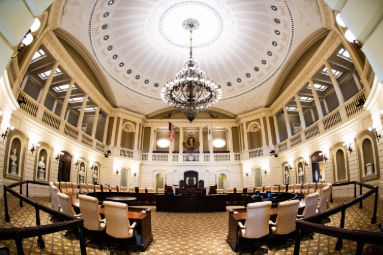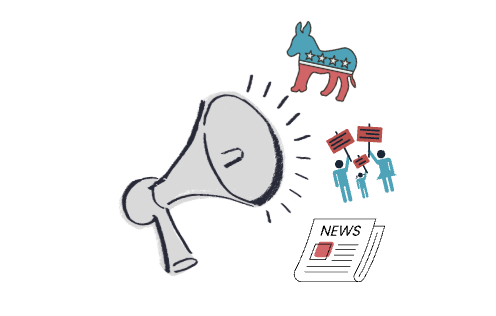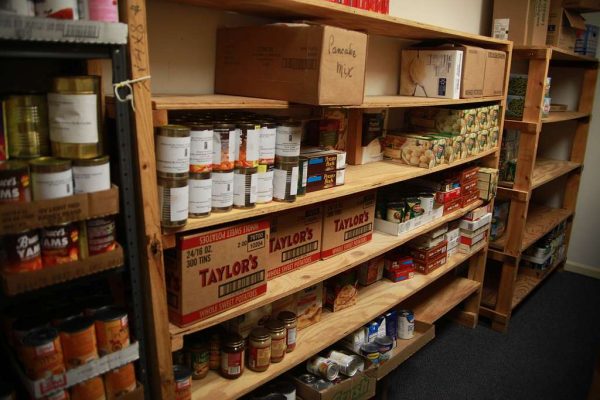Sipping Liquid Energy: International Coffee Day
Sipping a cup of coffee, Collin Sykes prepares for the long day ahead of him. He often drinks coffee in the morning to energize him for his classes after waking up early for school, one of many people who count of coffee farmers to start their day off well.
October 1, 2019
October 1st is International Coffee Day and the perfect time to evaluate America’s most popular drink and the effect it has on society, both on the human body and the environment. International Coffee Day was created in order to bring awareness to the unfair wages set up for coffee farmers. Coffee is a necessary staple in society, but it will be less available if the wages do not increase and create a fair income for farmers and harvesters.
Coffee is a stimulant, increasing attentiveness and boosting energy levels. Junior Bailey Scarlett drinks one to two cups consistently every day and commented that “coffee makes my brain move faster, and I feel like I can pay more attention. I can really feel the difference.” The extreme effect it has on energy heightens the importance of halting your afternoon coffee habits. It can cause the development of or increase the severity of insomnia if too much is ingested or if it is consumed too late in the day. Coffee metabolism occurs in half-life, which means levels of caffeine in your system decrease by fifty percent as the day goes on. The average half-life is six hours, so if you drink a cup of coffee at 7 AM, fifty percent will exit your system by 1 PM. Half of the remainder will remain in your system until 7 PM, which means ¼ of the caffeine intake from the morning is still in your system after twelve hours, proving that an early cup of coffee still has an effect in the evening.
Ever wonder why you feel better, maybe even happier, after a cup of coffee? Well, coffee triggers the release of the chemical dopamine in the human brain, automatically increasing the mood of the consumer. Unfortunately, this is why our brain creates a need for caffeine, a dependance that can cause grumpiness or headaches until it is met. This is why many people cannot function without their morning cup of coffee (or two). The human body creates a need for the release of dopamine, and eventually some people are unable to go about normal activities without their coffee, used to jump start energy and release dopamine, the“feel-good” chemical.
Coffee comes in different varieties, each having different, unique qualities. The most common type are arabica beans. Arabica beans are high-quality, and they are the type of bean typically used to brew in coffee shops. The second most common are robusta beans. Robusta beans are found in grocery stores and brewed at home. They have twice as much caffeine as arabica beans and have proven to be effective for espresso shots. Liberica beans are only grown in the Philippines and have a woody, smoky flavor. Finally, the Excelsa beans only make up 7% of the world’s coffee population and are similar to liberica beans, but have a tart, fruity taste.
International Coffee Day was founded in 2015 for the purpose of bringing awareness to the unfair wages for coffee farmers. The coffee industry has boomed in previous years and continues to be a high profit market, especially with the introduction of craft coffee. Although the industry is making a large profit, the farmers behind harvesting the beans are not getting their fair share. Prices that producers earn are thirty percent lower than the average of the last three years. In order to raise awareness for this issue, petitions have been created to increase harvesters’ wages to ensure that coffee farmers are making a fair and steady livelihood. To sign this petition, go to https://www.internationalcoffeeday.org/ and contribute to the movement today.










